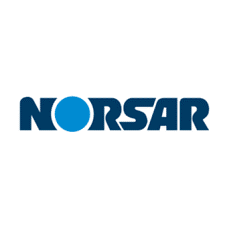LIQUEFACT: Assesment and mitigation of liquefaction potential across Europe: a holistic approach to protect structures
Basic info:
| Project Title | LIQUEFACT: Assessment and mitigation of liquefaction potential across Europe: a holistic approach to protect structures / infrastructures for improved resilience to earthquake-induced liquefaction disasters. |
| Project team: | Janko Logar, Aleš Oblak, Mirko Kosič, Matjaž Dolšek, Sebastjan Kuder, Ana Petkovšek, Jasna Smolar, Matej Maček |
| Duration: |
42 months 6. 2016 – 10. 2019 |
| Project Code: | H2020-DRS-2015 (GA no. 700748) |
| Lead partner: |
Anglia Ruskin University (ARU) |
| Project leader: | Janko Logar (UL) |
| Source of finance: | European Commission (H2020-EU.3.7.) |
| Key words: | Risk assessment, Modelling and impact reduction, Protection of areas and infrastructures, ENGINEERING AND TECHNOLOGY, Earthquake Induced Liquefaction Disasters, Urban Community Resilience, Liquefaction Mitigation, Ground Improvement Techniques |
| Partnerji: | |||||
 |
 |
 |
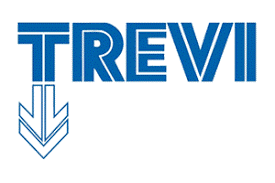 |
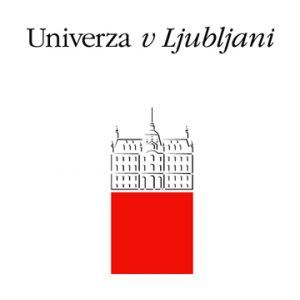 |
|
| Universita degli Studi di Pavia | Universidade do Porto | Universita degli Studi di Napoli Federico II., | Trevi | Univerza v Ljubljani | Stiftelsen Norsar |
 |
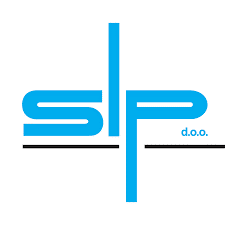 |
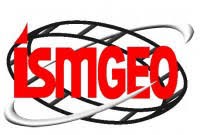 |
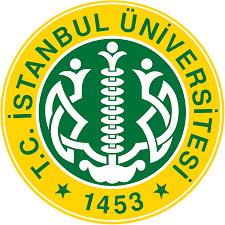 |
||
| Universita degli Studi di Cassino e del Lazio Meridionale | SLP d.o.o. | Istituto Sperimentale Modelli Geotecnici | Istanbul Universitesi | ||
Description
The Faculty of Civil and Geodetic Engineering, University of Ljubljana, is part of the European Consortium, which won the project with the LIQUEFACT acronym at the Horizon 2020. It is a three-and-a-half-year international project founded by the European Commission for Research and Innovation Horizon 2020. The aim of the project is to assess and reduce the possibility of the occurrence of soil liquefaction during earthquakes shaking in Europe through a holistic approach. The project not only deals with the resistance of structures/infrastructures to Earthquake Induced Liquefaction Disasters (EILD) events, but also, the resilience of the collective urban community in relation to their quick recovery from an occurrence.
In order to fulfil the needs and expectations of the various stakeholders involved in the civil construction sector and built environment (e.g. civil engineers, building owners/operators, and urban city development planners, insurance companies, disaster response/human aid organisations, etc.), following contributions are expected within LIQUEFACT project:
- Enhanced security of citizens and assets in vulnerable areas and reduced socio-economic impact of natural catastrophes, by means of better urban development plans, stronger socio-economic resilience of Europe to EILDs and improved preparedness and prevention/mitigation through more appropriate risk assessment and mitigation strategies implementations,
- More effective building standards and design methodologies for infrastructures and households located in vulnerable areas, by means of a holistic approach for easier identification of the vulnerable areas (European liquefaction hazard GIS maps), simplified methodologies for assessing the vulnerability of the structures and infrastructures and guidelines for identifying the most appropriate mitigation options,
- Innovation in the field of ground improvement/mitigation technologies with proved effectiveness, ready to meet the needs of European and global markets,
- Demonstrative tools reaching the Technology Readiness Level TRL 7 for the comprehensive assessment of risk,
- Update of the seismic building codes, particularly those concerning the strengthening and rehabilitation of existing structures, and convergence of the building design codes existing in the different countries into a unique comprehensive standard,
- Improved quality of research by the exchange of experience among a group of experts at the European level.
Main goals
On the basis of the expected contributions of the project, the notable outcomes/objectives of the LIQUEFACT project are:
- European liquefaction hazard GIS mapping framework,
- New simplified structural vulnerability assessment methodology,
- Liquefaction mitigation planning framework,
- Urban community resilience model framework,
- Overall integrated LIQUEFACT Reference Guide “LRG” software toolbox.
Project work packages
WP1: Project Coordination and Management
WP2: Use Cases, System Architecture and Business Models
WP3: Decentralised Computing Infrastructure
WP4: Artificial Intelligence on Decentralised Computing
WP5: Integration and Demonstration
WP6: Dissemination, Communication, Standardization and Exploitation


